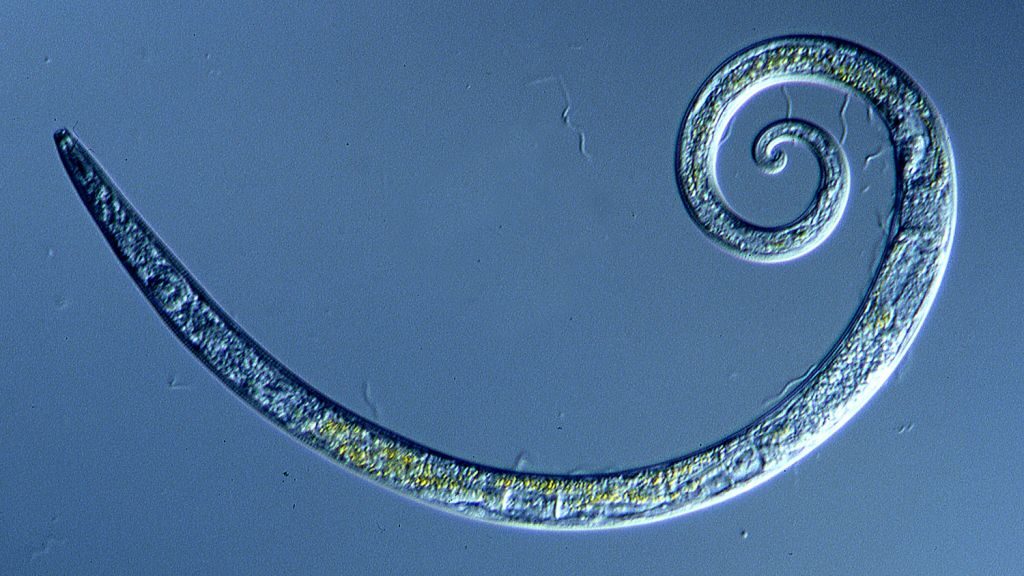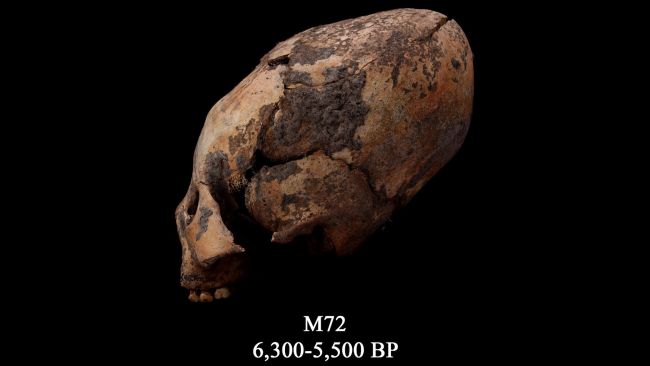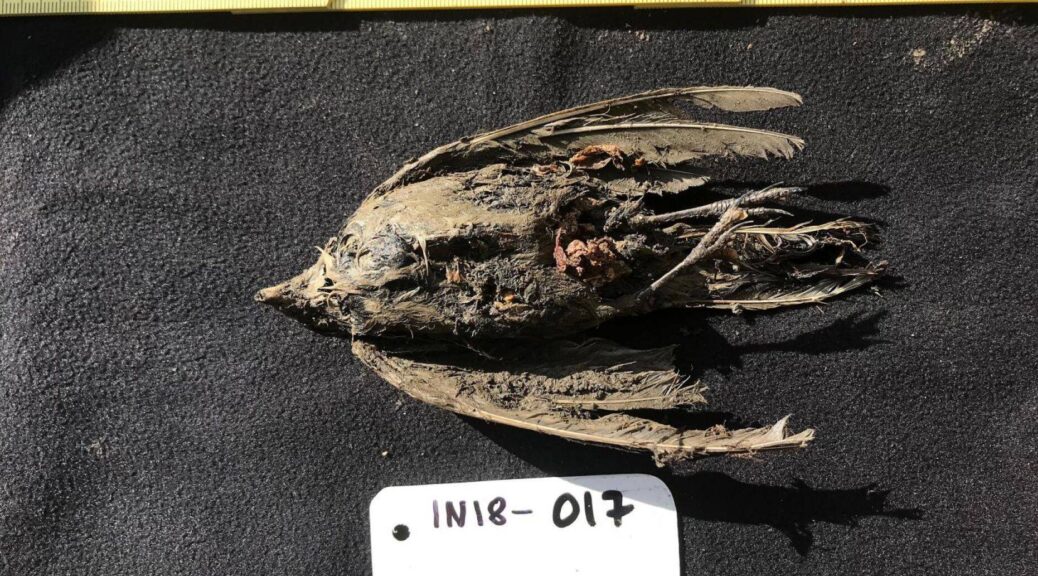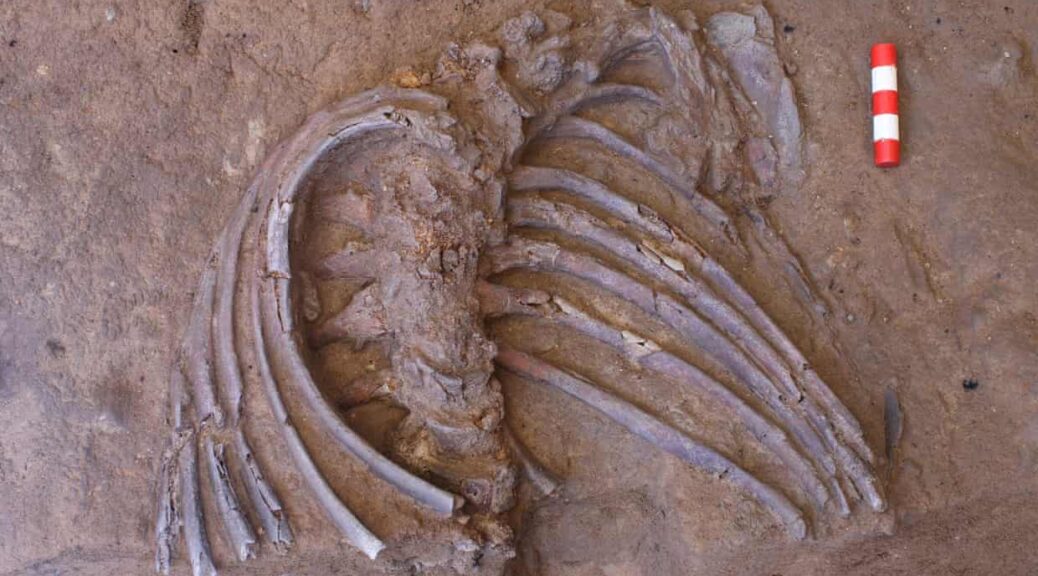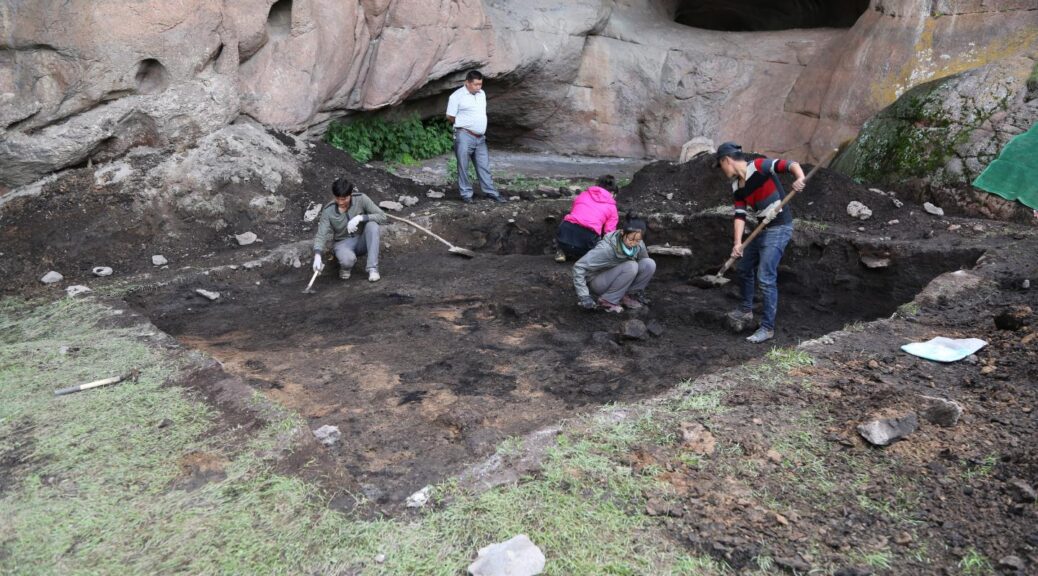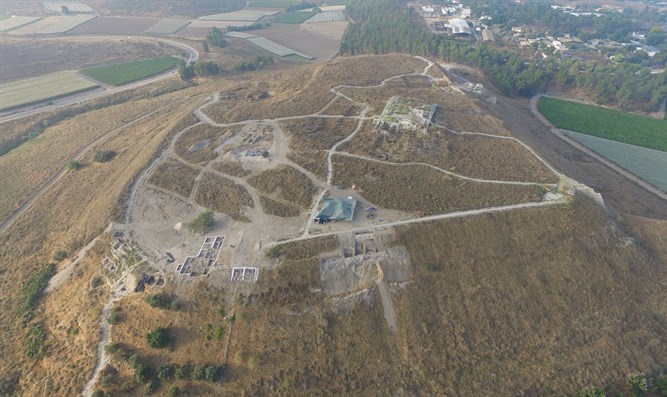Worms Frozen for 42,000 Years in Siberian Permafrost Wriggle to Life
Sample of Permafrost sediment has been frozen for 42,000 years and has been recently thawed to expose live nematodes. the roundworms began to move and eat, setting a record for the time an animal can survive cryogenic preservation.
In addition to revealing new limits of endurance, it just might prove useful when it comes to preserving our own tissues. Russian biologists dug up more than 300 samples of frozen soil of different ages and locations throughout the Arctic and took them back to their lab in Moscow for a closer look.
The samples collected from remote parts of northeastern Russia contained nematodes from two different genera, which the researchers placed into Petri dishes with a nutrient medium.

The worms were left for several weeks at a relatively warm 20 degrees Celsius (68 Fahrenheit) as they gradually showed signs of life.
Some of the worms – belonging to the genus Panagrolaimus – were found 30 metres (100 feet) underground in what had once been a ground squirrel burrow which caved in and froze over around 32,000 years ago.
Others from the genus Plectus were found in a bore sample at a depth of around 3.5 metres (about 11.5 feet). Carbon dating was used to determine that sample to be about 42,000 years old.
Contamination can’t be ruled out, but the researchers maintain they adhered to strict sterility procedures.
They aren’t known for burrowing so deep into permafrost, seasonal thawing is limited to around 80 centimetres (under 3 feet), and there’s been no hint of thawing beyond 1.5 metres (5 feet) when the area was at its warmest around 9000 years ago.
So we can be fairly confident these worms really did awaken from one incredibly long nap.
Reviving ancient organisms is itself nothing new. In 2000, scientists pulled spores from Bacillus bacteria hidden inside 250 million-year-old salt crystals and managed to return them to life.
We might be impressed by their fortitude, but we can’t apply bacteria’s life-preserving tricks to our own complicated tissues. So finding animals that can remain dormant for tens of thousands of years is a discovery well worth paying attention to.
Roundworms are known to be hardy creatures. Nematodes have been revived in 39-year-old herbarium samples, but nothing has previously been seen on a scale quite like this.
Close relatives, the tardigrade, are also well known for having a talent for surviving extreme conditions, repairing broken DNA and producing a vitrifying material when they dry out.
Even those superpowered critters have never been seen to survive so long in states of preservation, with the current tardigrade record being only around 30 years. Learning more about the biochemical mechanisms nematodes use to limit the damage of ice and hold off the ravages of oxidation on DNA over the millennia might point the way to better cryopreservation technologies.
We’ve studied other organisms that can handle having their liquids turned to ice for inspiration, such as wood frogs, in the hope of finding better ways to store human tissues for transplants, or even – just maybe – whole bodies for revival.
“It is obvious that this ability suggests that the Pleistocene nematodes have some adaptive mechanisms that may be of scientific and practical importance for the related fields of science, such as cryomedicine, cryobiology, and astrobiology,” the researchers write in their report.
But the find does have a slightly darker side. There are concerns that the melting of permafrost could release pathogens locked up in deep freeze for tens of thousands of years.
Nematodes are unlikely to pose much of a concern, but their survival is evidence that a diverse array of organisms – from bacteria to animals, plants to fungi – could potentially return after a long absence.
Exactly what this means for surrounding ecosystems is still anybody’s guess. We can only hope a few groggy worms are all we have to worry about in Siberia’s melting ice. This research was published in Doklady Biological Sciences.
